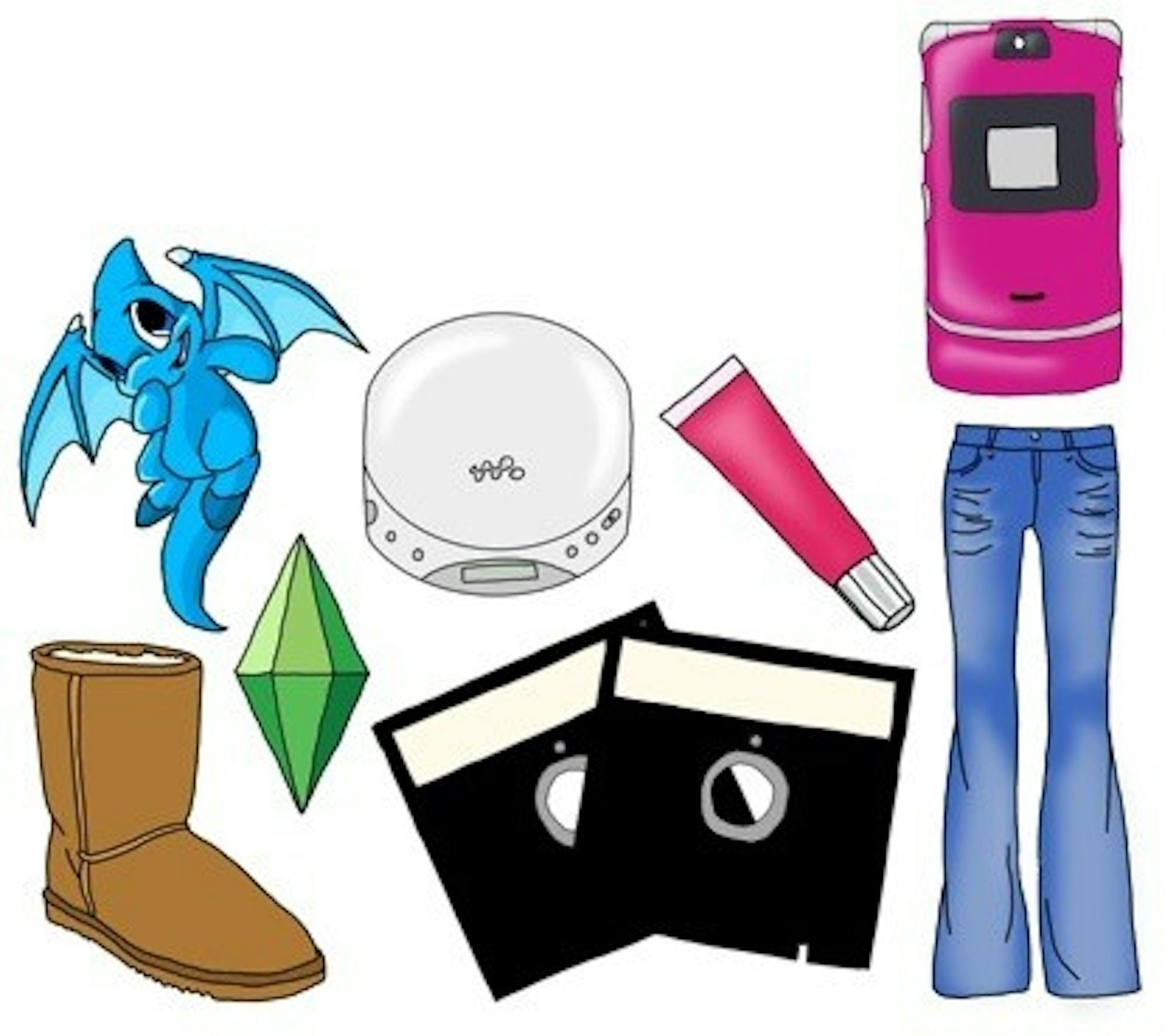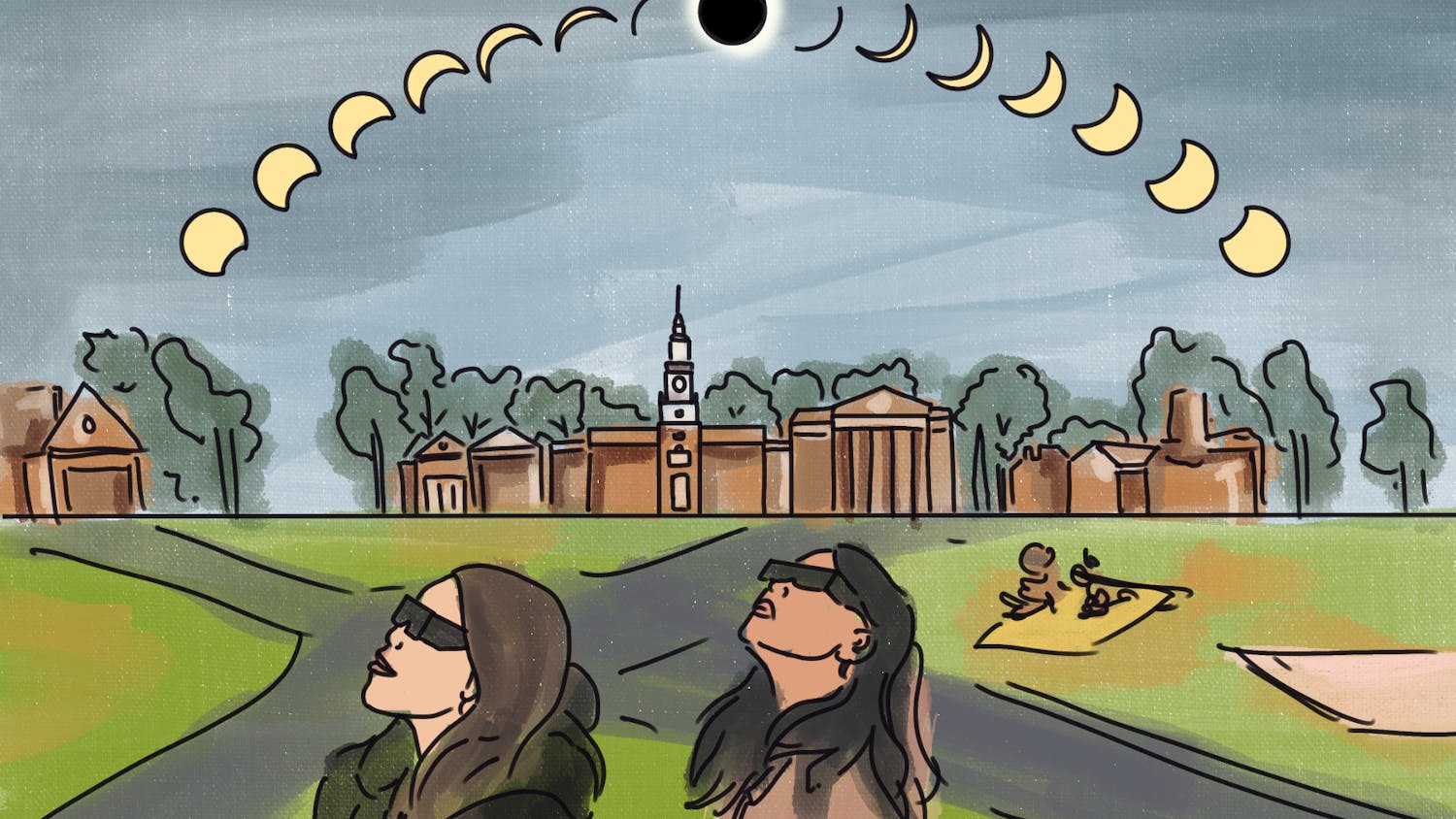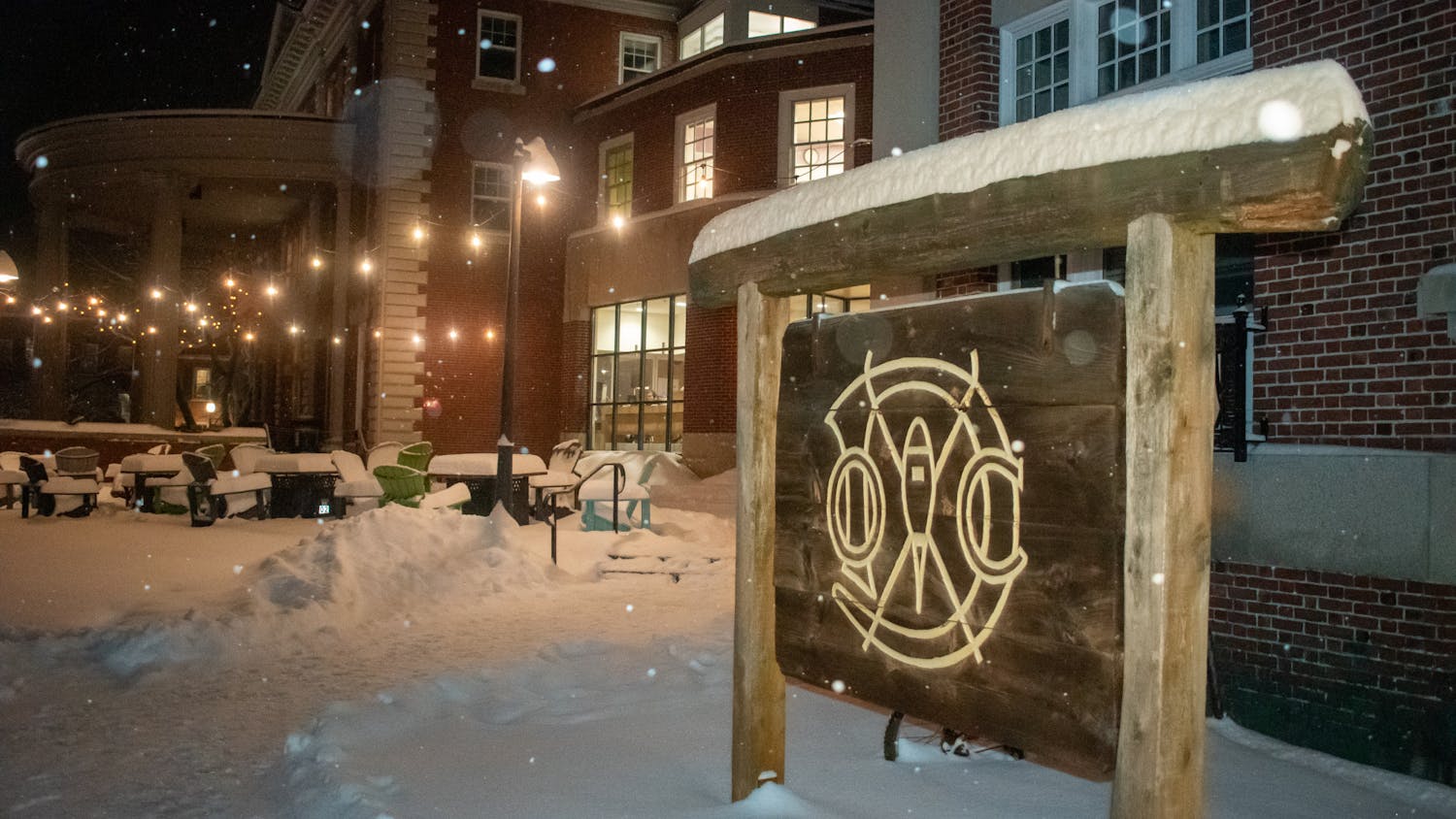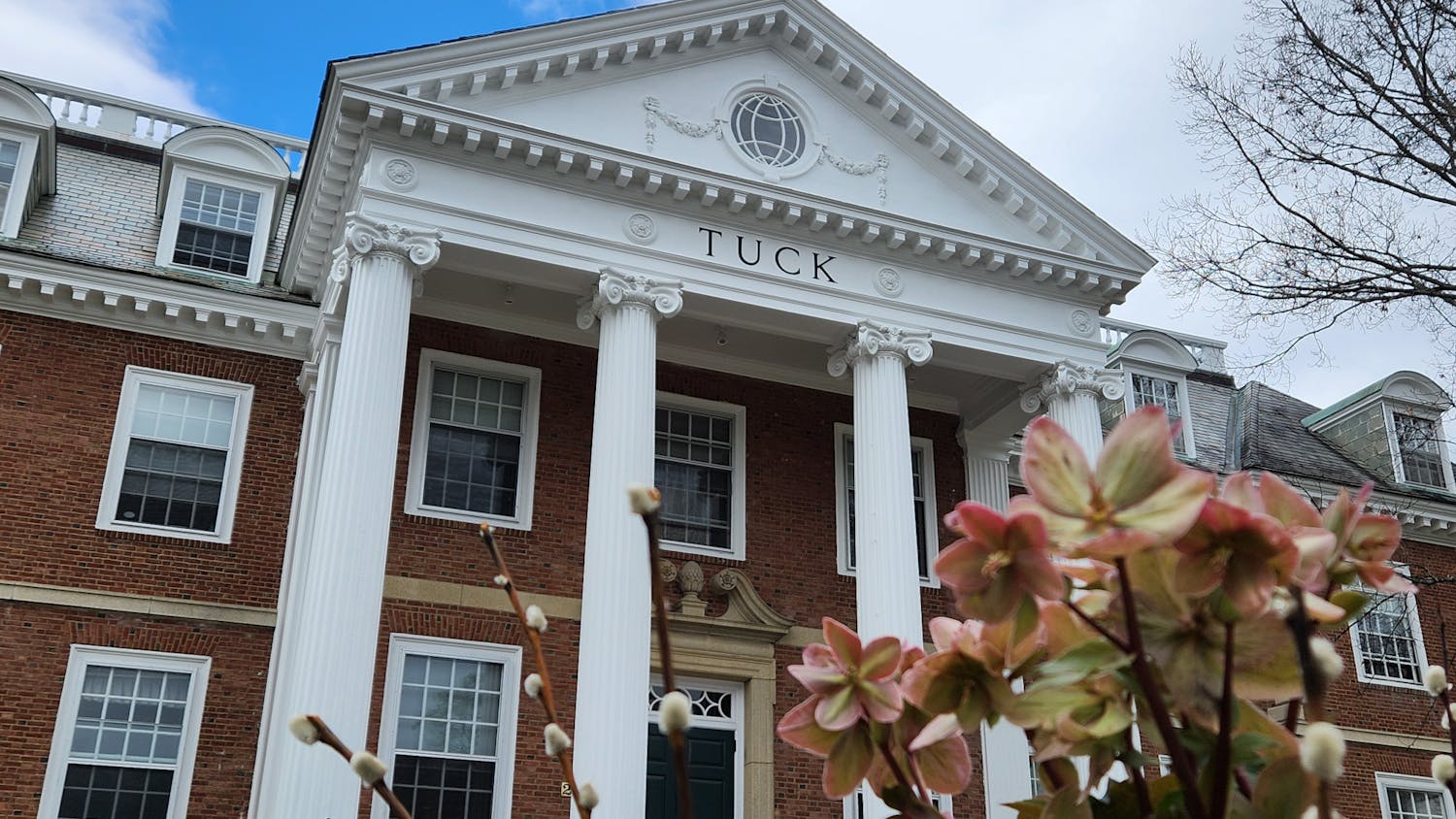Fashions come into style all the time, and they often go out of style just as easily — the hairstyles you’ll find in a quick leaf through the 1988 College yearbook confirm that in a heartbeat. Other changes at the College, though, are not quite as easy to spot with the naked eye. Here, we take a closer look at changes to how students have communicated over the years, what the most facetimey spots have been and how the job market has evolved.
In the second decade of the 21st century, it’s easy to take for granted the ease with which we can get in touch with our friends, plan meeting spots for group projects, organize a reunion dinner at Collis or meet up in the same fraternity basement on an out night. It has not always been as simple as sending “foco @ 6?” in a group text. Can you imagine if walking to a friend’s room were one of the only ways to meet up?
“My to-be wife would come find me and say, ‘Let’s get dinner,’” Steve Severson ’74 said.
Something like a real-life Facebook status, students would often write notes about their whereabouts on whiteboards on the doors of their dorm rooms. The whiteboard method wasn’t instantaneous, though, and students had to rely on trust and a little bit of luck, often struggling to meet up as planned.
“If you left that place [where you said you were going to be], there was no way to tell anyone that you had changed venues,” Jill Morgan ’85 said. (Full disclosure, Morgan is my mother.)
If you complain about living in the River Cluster now, imagine how much harder it was for your friends to find you back when changing your whiteboard message would require a long, cold walk for BOTH of you.
Morgan noted that one of her friends had a Mac computer by her senior year, but that it was just for basic word processing and didn’t necessarily make it any easier to get in touch with her friends.
By the early 2000s, Dartmouth’s famous Blitzmail system was in full swing. Mary McVeigh ’03 explained that without wireless internet, students had to go to physical locations in order to check their email.
“Blitz terminals all over campus were the way to get in touch,” she said.
The blitz terminals in Baker-Berry Library are likely a leftover from the heyday of Blitzmail. In those days, the messages exchanged over email served the same function as the text messages we send today.
“If I sent a blitz that said, ‘Want to meet at Collis in 20 minutes?’ I could reasonably expect that you would receive it in time and be able to respond,” McVeigh said.
Cellphones were just starting to become popular on campus then, too. McVeigh and many of her friends got phones going into the 2002 winter term, but they were only used for calls. Sadly, Hanover had spotty cell service that made the devices largely useless anyway.
“My phone was always roaming, and I basically didn’t use it at all,” McVeigh said.
Although our campus now uses Microsoft Outlook — the system is technically no longer “blitz” — this system is only a few years old. Keith Moffat ’13 remembers the old version of blitzmail.
“It looked really janky and was really janky in pretty much every way, but it brought the community together because everyone used it,” Moffat said. “Back in my day, blitz was actually blitz.”
Moffat also cited GroupMe as a great new form of communication that has come about since he matriculated.
While the way we communicate where we are on campus has changed over the years, so have the places students go on campus to see and be seen. When Severson attended the College in the 1970s, the library appears to have been a more studious space than it can claim to be today.
“People usually dispersed pretty well in the library and went to a study place,” Severson said.
McVeigh and Morgan cited the 1902 Room, formerly called the “’02 Room” as one of the facetimiest places on campus while they were students. Both women stressed that this was simply where they went, and did not necessarily represent the feelings of the whole student body.
“Every time someone walked in you would raise your head and see who it was,” Morgan said, noting that she and her friends would often meet there before going to hang out in dorms or at parties.
While the 1902 Room certainly can’t be called the most facetimey place in the library anymore (looking at you, FFB), rubbernecking every time the door opens is a trend that has definitively not gone out of style. McVeigh said that Novack Cafe became the spot to hang out after Berry Library opened following her freshman year. More square footage of library clearly means more places to be seen, leaving the 1902 room’s place of facetime glory (and its rise in popularity for miserable students pulling all-nighters) in the 20th century.
Moffat highlighted the rising popularity of eating establishments as the places where people go to be facetimey.
“The new [Class of 1953 Commons] is pretty conducive to running into people, [whereas] the old FoCo was kind of fragmented,” Moffat said.
Perhaps one of least visible changes on campus has been a shift in post-graduation jobs. While certain things are like a classic pair of blue jeans and will likely never go out of style (read: New York and Boston for post-grad cities, medical school and finance jobs), other trends are on the rise.
In the 1970s, people did not usually take time between college and graduate school.
“People going to [medical] school and law school and business school tended to wait less between undergraduate and graduate school,” Severson said. “Now I think they take more time off.”
Center for Professional Development senior associate director Monica explained that students are now taking less time off during the summers.
“Many years ago you’d see more students who took the summer off to travel or have fun and didn’t worry about getting a job when they graduated,” she said. “Now there are many more employers who look at an intern as a potential entry-level hire so they’re using an internships as a screening process and have fewer entry level jobs to offer to seniors.”
In addition, the jobs market has expanded for out-of-college hires in recent years.
“Private equity and venture capital opportunities that never used to be open to college students are becoming more common,” Wilson said.
Wilson has also noticed a shift toward more students working on the West Coast after they depart Hanover. Indeed, the culture of Silicon Valley has had an increasing impact on students looking for employment. Wilson cited the career fair in the fall as evidence.
“On the second day [of the fair] there was a room for start ups and early-stage organizations,” Wilson said. “You wouldn’t have seen that in years past.”
Paper resumes are also on the decline, a welcome boon for the Center for Professional Development, which used to send out stacks and stacks of resumes and cover letters for students.
“I think the resume is quickly going the way of the dinosaur and that LinkedIn profiles are going to be the way to go,” Wilson said.
We think of Dartmouth as a place where traditions stay strong, but the fact of the matter is, things that were once cool here don’t always stay that way. But if things like flare bottom jeans are any indication, a decade from now things we currently scorn could once again be “Trending@Dartmouth.”




